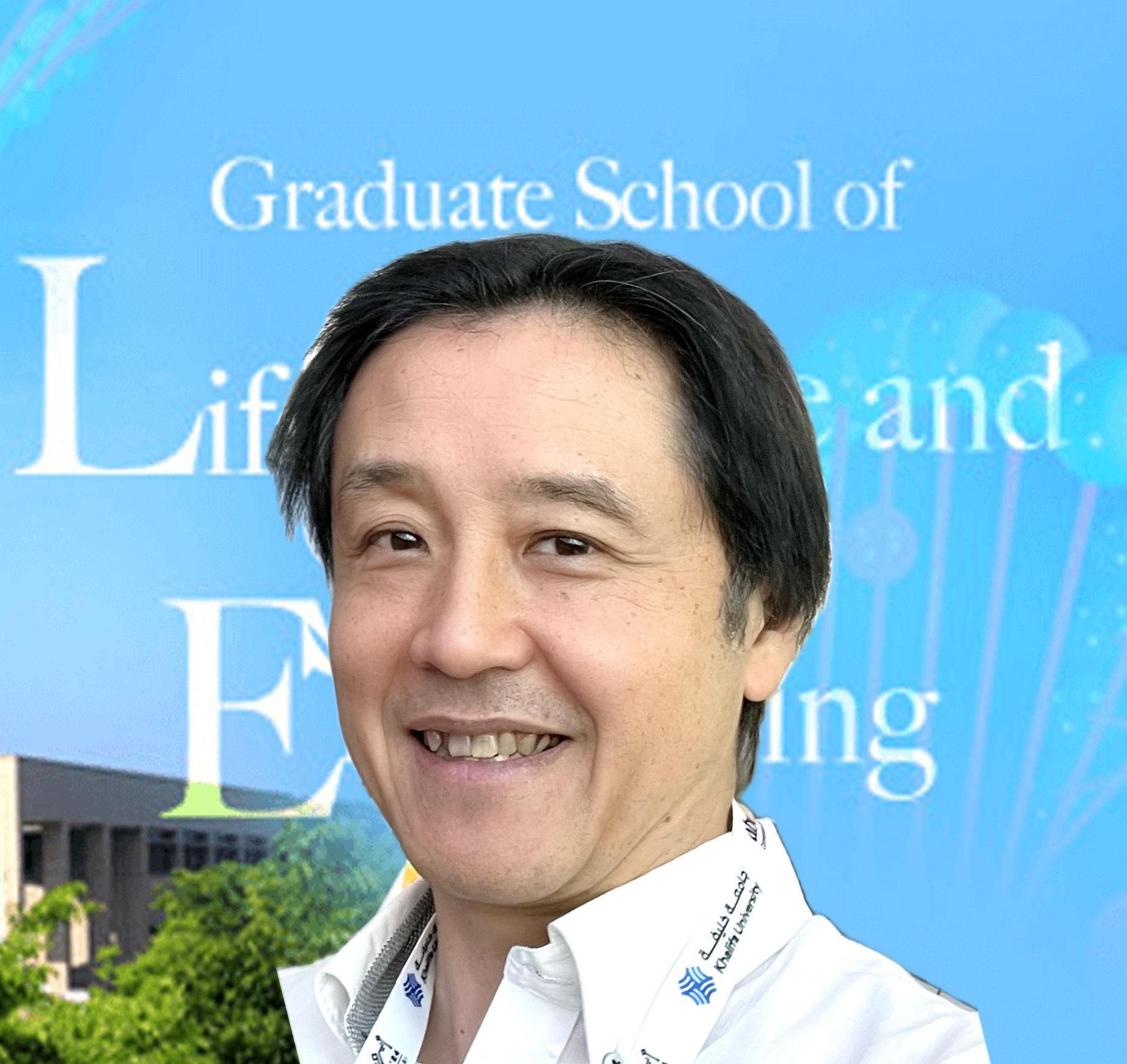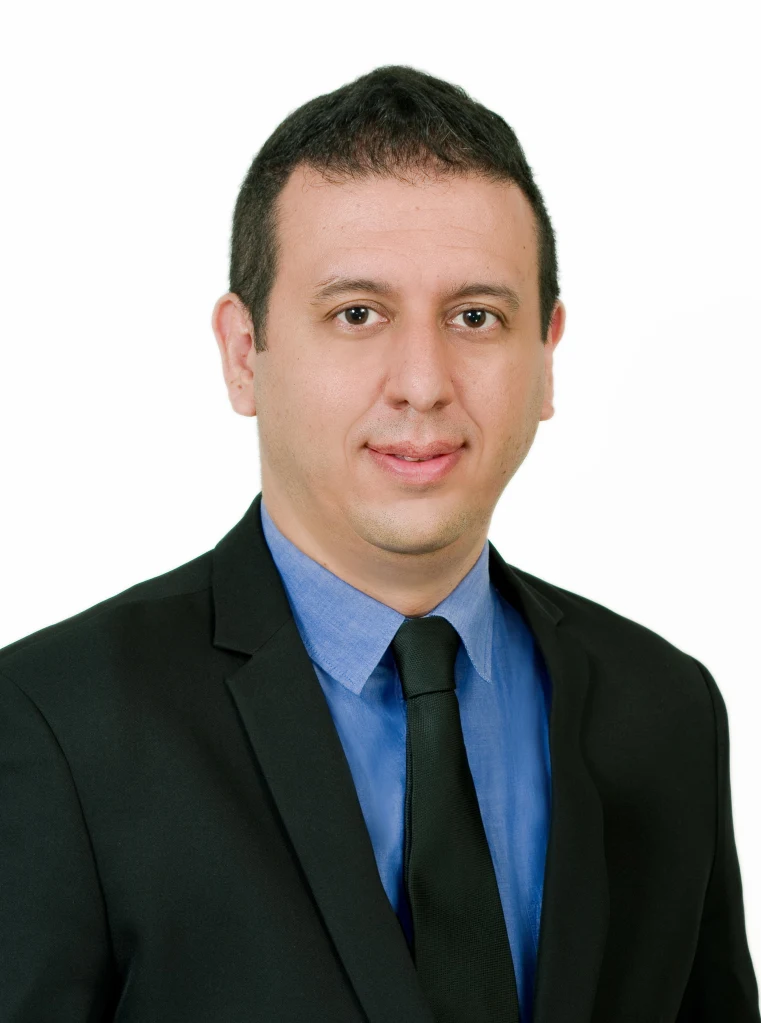
Tomohiro Shibata received Ph.D. from the University of Tokyo, Japan, in 1996, continued his robotics study as a JSPS (Japan Society for the Promotion of Sciences) researcher, and then worked on computational neuroscience research using a humanoid robot at ATR (Advanced Telecommunication Research Institute) as a JST (Japan Science and Technology) researcher. After working as an associate professor at Nara Institute of Science and Technology in robotics, computational neuroscience, and assisted living, he currently works as a professor at Kyushu Institute of Technology, Kitakyushu, Japan. He also organizes the Smart Life Care Co-Creation Laboratory, which the Ministry of Health, Labor and Welfare use for a project to develop, demonstrate, and promote nursing care robots.He is also heavily involved in international initiatives and serves as the project officer for the Japan-Singapore international joint project under the Japan Science and Technology Agency's NEXUS program.
He received a young investigator award from the Robotics Society of Japan (1992), the Best Paper Award from the Japanese Neural Network Society (2002 and 2015), the Neuroscience Research Excellent Paper Award from the Japan Neuroscience Society (2007), the Best Application Paper Award of IROS 2015 (2015), Excellent Paper Award from the RSJ (2020), Best Presentation Award of ICIEV and icIVPR (2021), the Winner in the Healthcare Category of Garmin Healthcare Awards (2022), and others.
He was an editorial board member of Neural Networks and an executive board member of the Robotics Society of Japan (RSJ). He is currently an executive board member of the Japanese Neural Network Society (JNNS), a fellow of the RSJ, a member of the International Exchange Committee of the RSJ, and the head of the special interest group on "Nursing Care Robots" of the RSJ. He is also a member of IEEE, a governing council member of The Robotics Society (of India), a member of JSME, and the Society for Nursing Science and Engineering.

Dr Hooman Samani is a creative roboticist specialising in creative interdisciplinary AI-Driven Social Service Robotics, based in London, United Kingdom. He is a Reader in Creative Robotics and Course Leader of Creative Robotics (BSc) at the University of the Arts London, Creative Computing Institute. He is a Fellow of the Higher Education Academy (FHEA).
Throughout his career, he has held various academic and industry positions, including as a Senior Lecturer and Course Leader of Creative Robotics (BSc and MSc) at the University of the Arts London, Creative Computing Institute; Senior Lecturer in Robotics and Artificial Intelligence and member of the Robotics Research Group at the University of Hertfordshire, UK; Lecturer in Machine Learning and AI for Robotics at the University of Plymouth, UK; Associate Professor and founder and director of the AIART Lab (Artificial Intelligence and Robotics Technology Laboratory) at National Taipei University of Taiwan; Visiting researcher at the MIT Media Lab, USA; Research Fellow at the Keio-NUS CUTE Centre, a joint research centre between the National University of Singapore and Keio University of Japan; Engineer at Posco in South Korea; and Robotics Researcher at the Social Robotics Lab of NUS, Philips in the Netherlands and Fraunhofer in Germany. He holds a PhD in Robotics from the National University of Singapore.
Hooman has contributed to more than 100 publications in the field of robotics, comprising peer-reviewed journal articles, conference papers, and books. His books explore emerging fields of robotics, including Creative Robotics, Robotics for Pandemics, Cognitive Robotics and Lovotics: Loving Robots. He actively contributes to various robotics related journals and conferences, serving as an editorial board member, organising committee member, workshop organiser, reviewer, and author. He has also gained valuable industry experience in various R&D projects in different industrial sectors.
Copyright © 2020- 2026 ICIPRoB 2026 - International Conference on Image Processing and Robotics. All rights are reserved.